bitplay Snap! HD Wide Angle Lens Review: Versatile, But Bulky
The bitplay Snap! HD wide-angle lens offers strong image quality and is easy to use, but works only with the bitplay case.
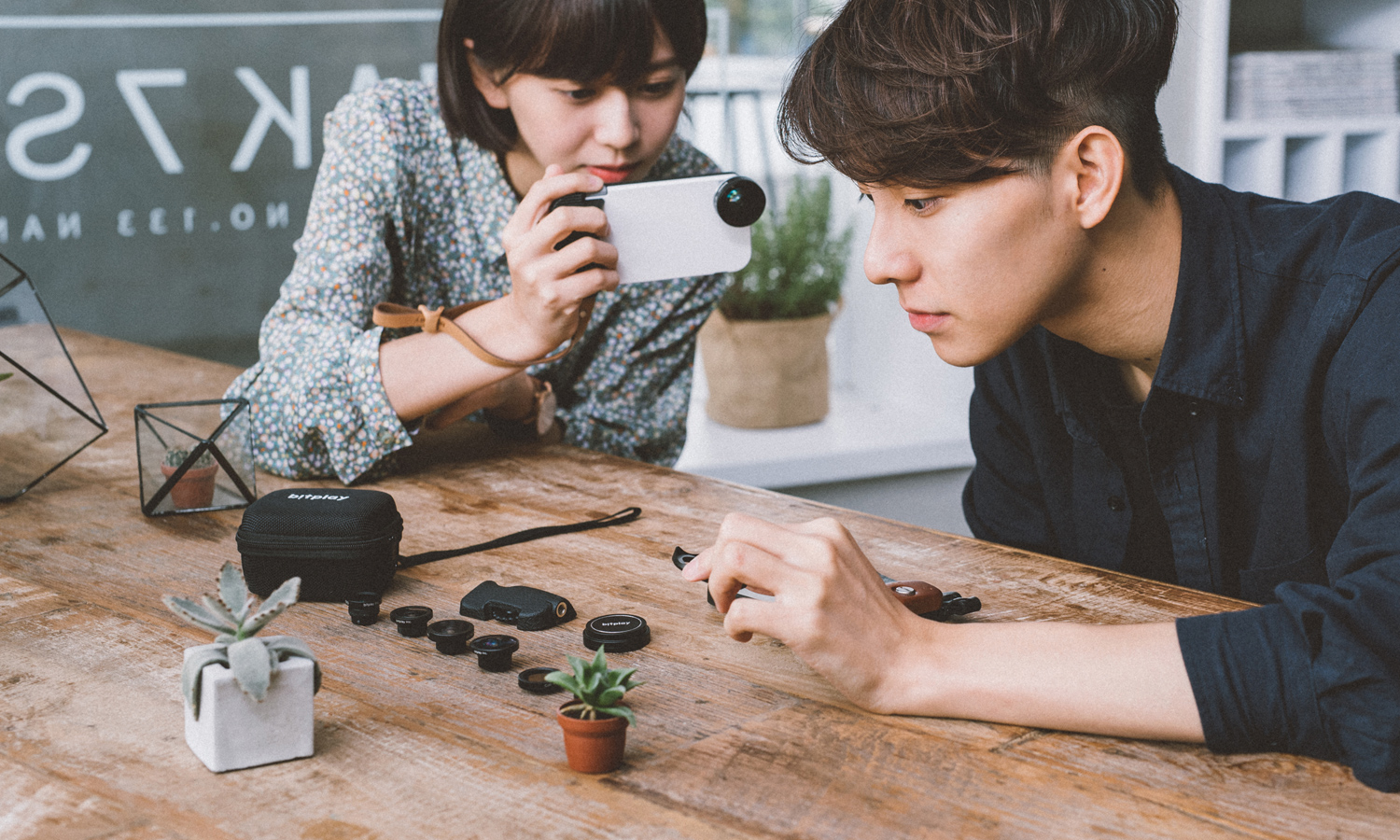
Like many other iPhone lens makers, bitplay makes an iPhone lens system that comes in two parts: a case (available for the iPhone 6 or 7) and the add-on lenses that screw into this case. The Snap! case costs $49.99 and adds a grip and wrist strap to the phone so users can hold the device more firmly in one hand. The lenses screw into this case, fitting in front of the iPhone camera lens.
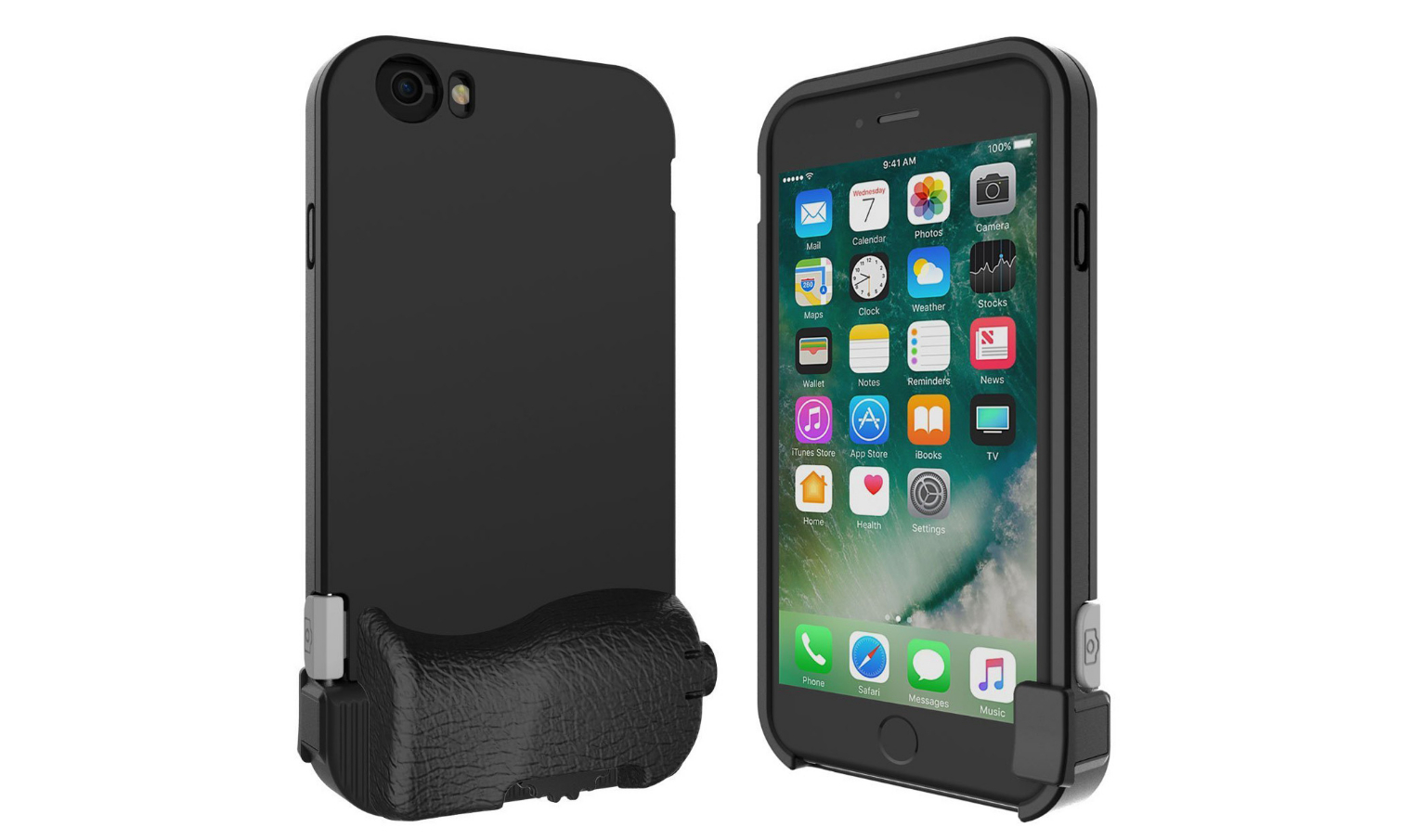
We tested the $99 HD wide-angle lens and the $34 Advanced circular iPhone polarizing filter, and found them to be serviceable accessories, though not without some caveats.
The $99 bitplay HD wide angle doubles the angle of view of the iPhone camera lens, so it covers 98 degrees, about 30 degree wider than the standard iPhone 7 Plus lens. It's not a fish-eye lens, though; you don't see objects to the side or close to the phone body.
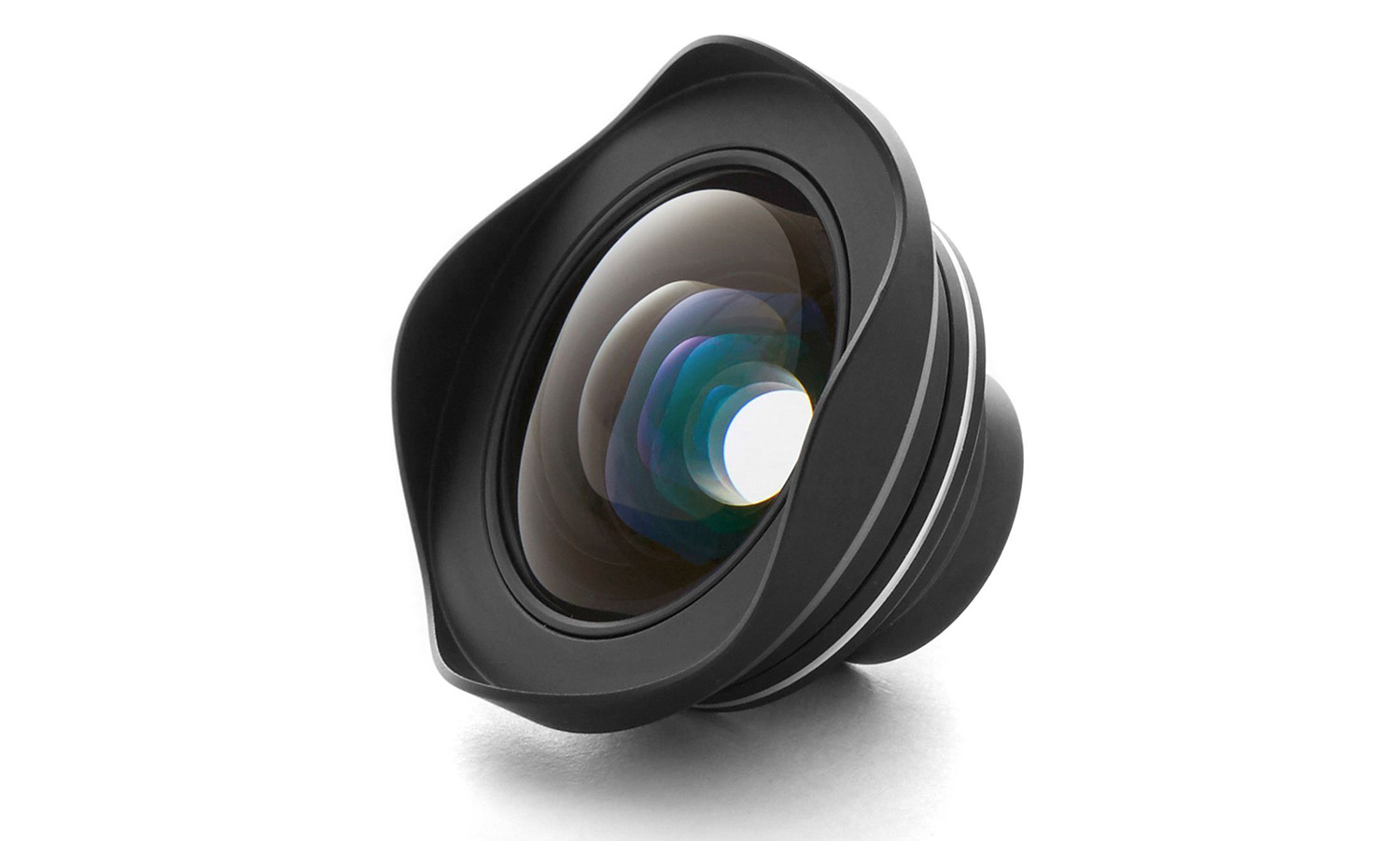
The HD wide angle captured images with sharp detail and strong colors. However, look at details in our sample photos, and you'll see that while they are sharp in the center of the frame, the images become rather blurry at the edge.
MORE: Smartphone Buying Guide: 9 Tips for Finding the Right Phone
Like the more expensive ExoLens Pro, the HD wide angle doesn't distort the image; straight objects remain straight at the edges of the frame, while the olloclip ultra-wide angle introduces a lot of distortion.
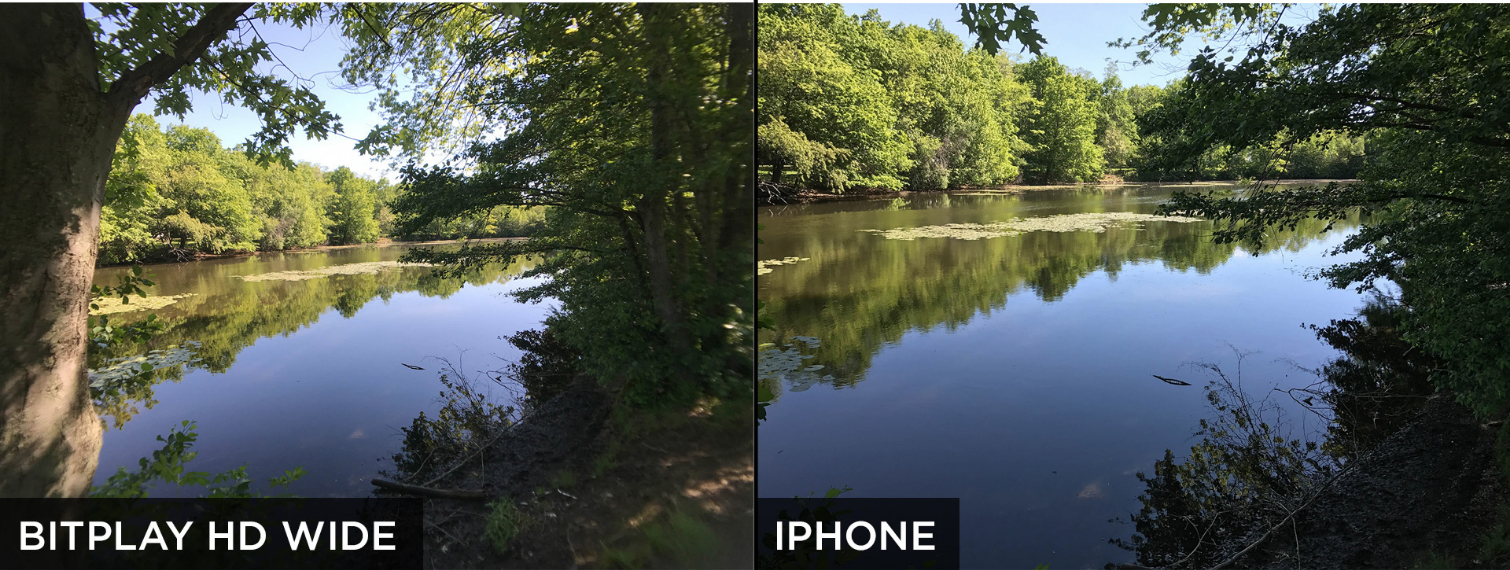
The large body of the HD wide-angle lens blocks the flash on the iPhone body, so you can't use flash with this lens.
Sign up to get the BEST of Tom's Guide direct to your inbox.
Get instant access to breaking news, the hottest reviews, great deals and helpful tips.

Bitplay's polarizing filter is even more effective at its job, easily eliminating glare and other reflections. The best way to see the effect is in a video; see our example below. We slowly turned the filter a full 360 degrees while filming this to show how the filter affects reflections and colors.
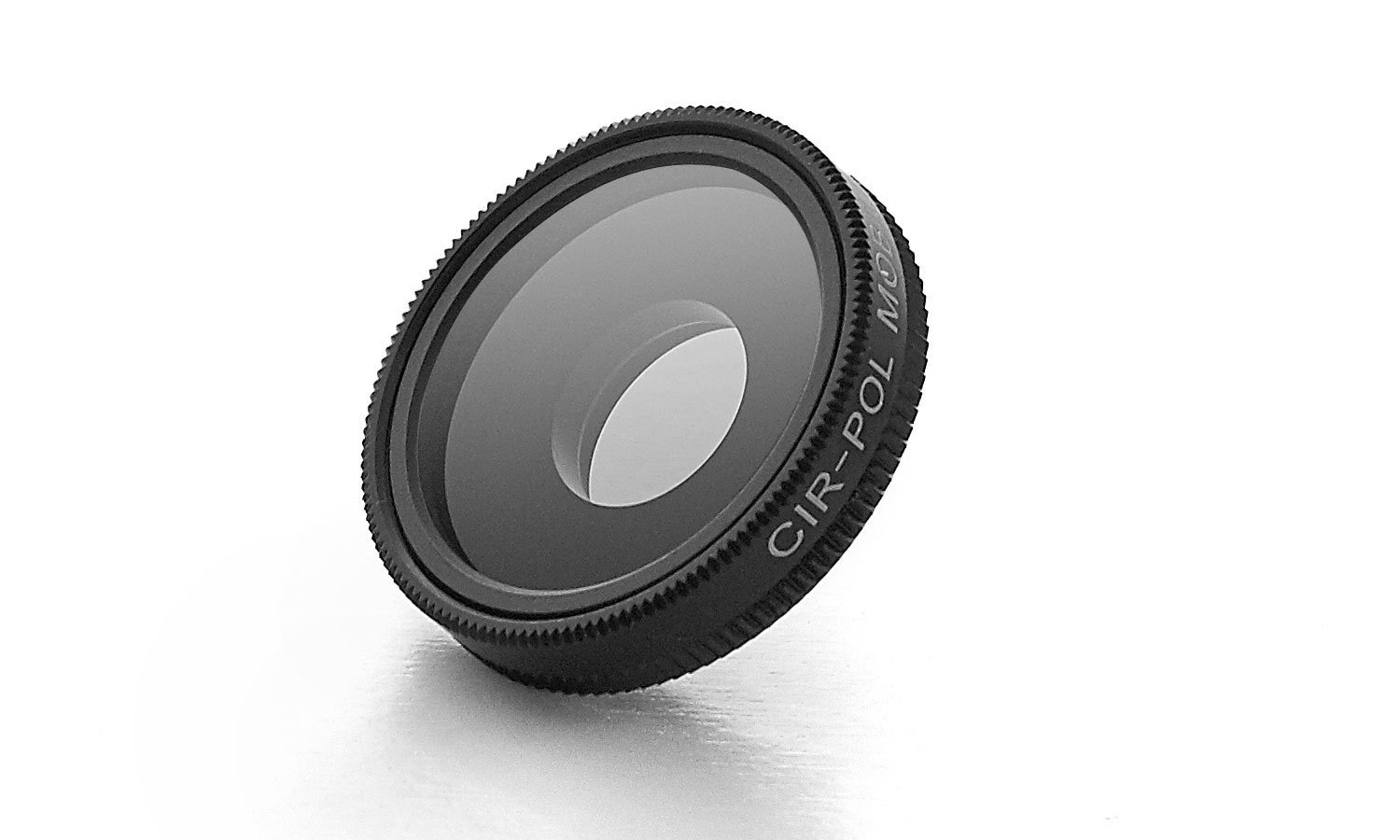
When I shot by a river, the bitplay filter worked well to control the reflections from the water and other flat surfaces. The filter is easy to install and use. To change the orientation of the filter, you rotate its front. Be careful not to touch the front element of the filter itself, though; smudges and greasy fingerprints make for poor-quality images.
We found that this filter does'’t reduce the image quality much, although you do need to understand what it does to get the most out of it. The filter changes things you might not expect: Colors can change (especially skies), and phone and laptop screens will turn black because they emit polarized light. You can't combine this polarizer lens with other bitplay lenses, either, which is a pity.

Bottom Line
If you don't mind the cost and bulk of bitplay's iPhone case, the company's HD wide-angle lens and polarizing filter are effective at their jobs. The company also offers a 3x telephoto, macro and fish-eye, and full-frame fish-eye lenses, so you can round out your arsenal of iPhone lenses.
Richard Baguley has been working as a technology writer and journalist since 1993. As well as contributing to Tom's Guide, he writes for Cnet, T3, Wired and many other publications.
